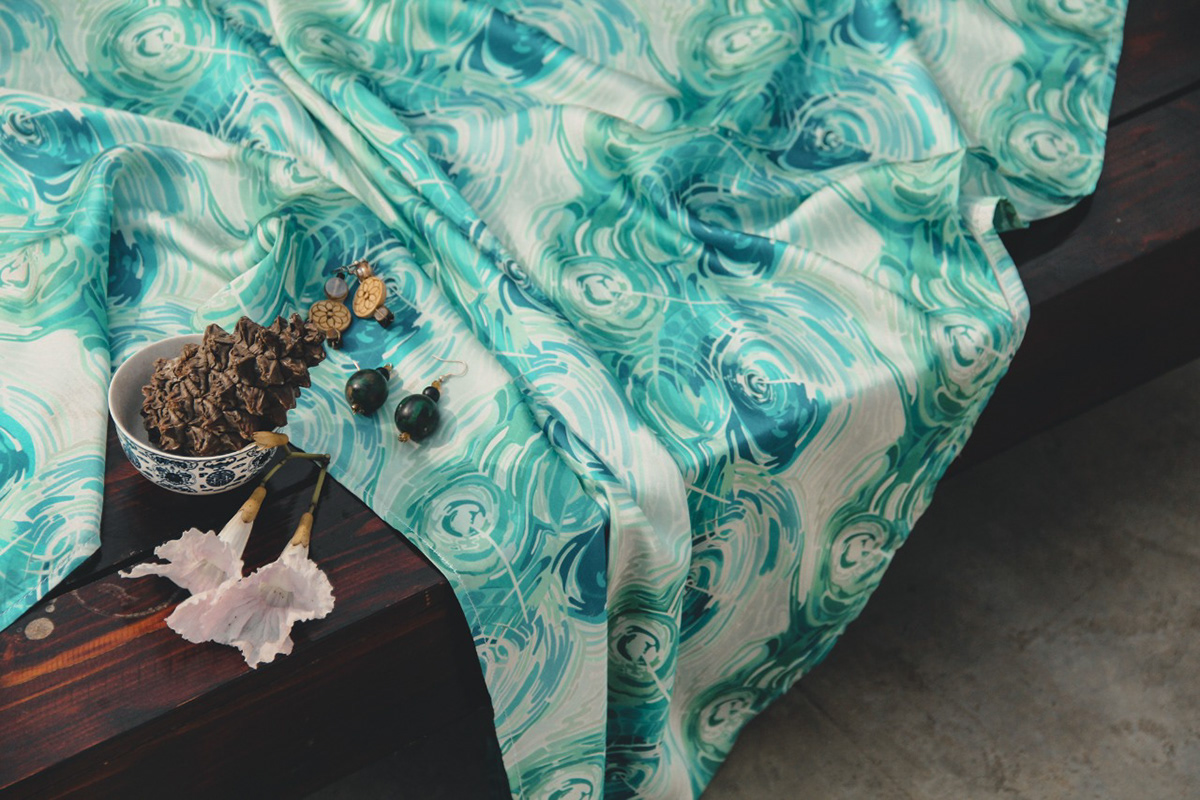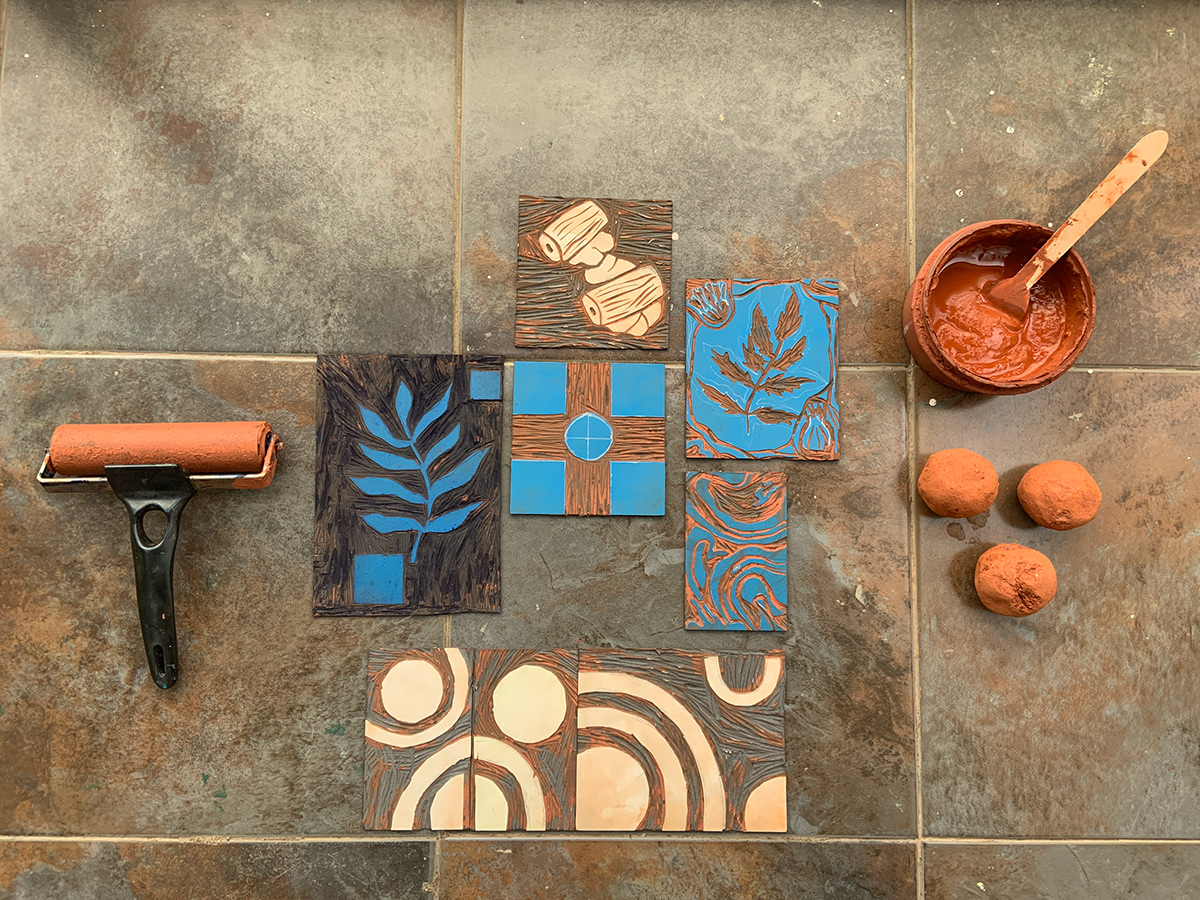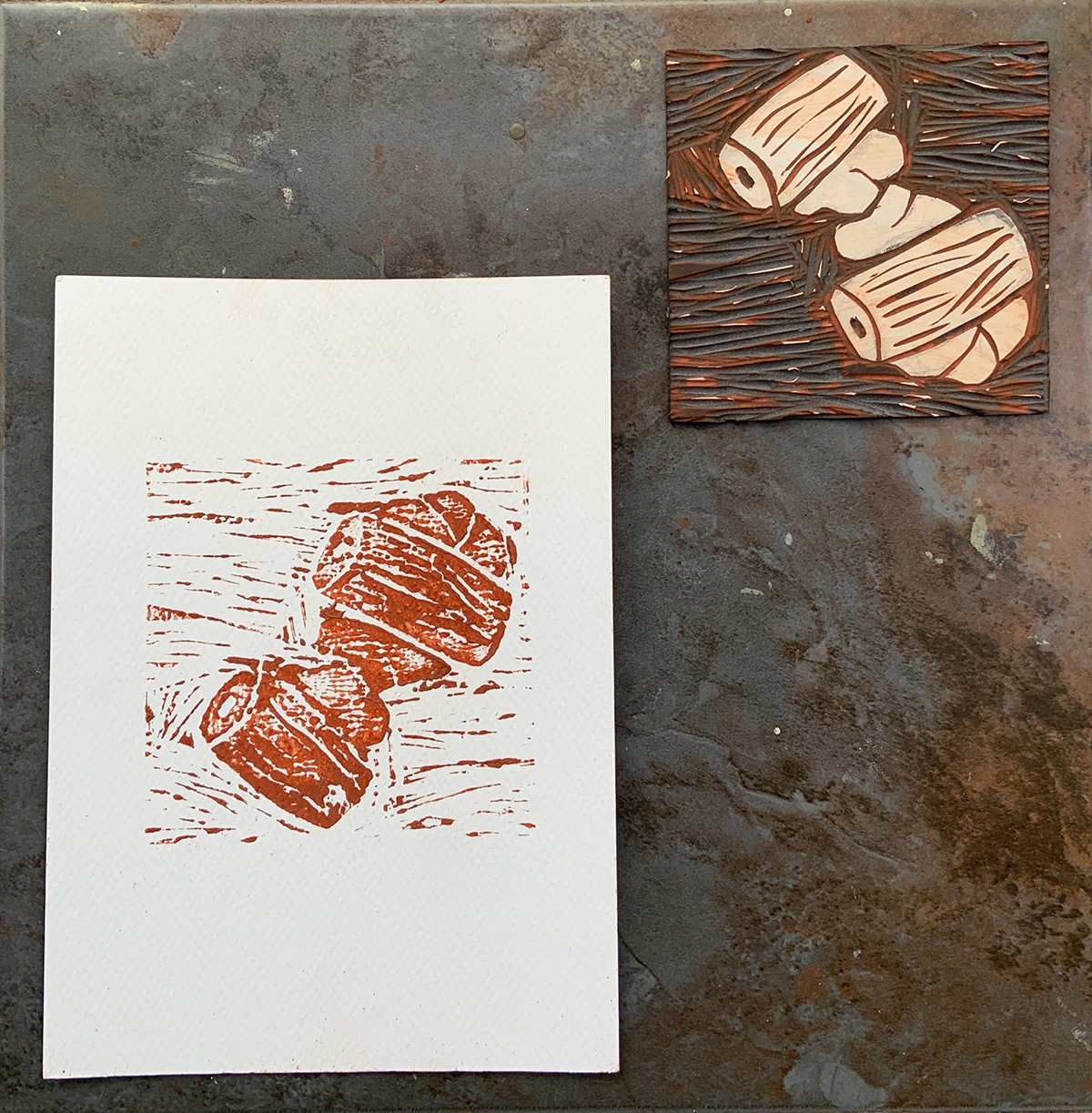
The Mailar Mallanna Temple in Bhalki taluka is deeply rooted in history and wrapped in mythical stories, which hold great significance for human evolution. These myths and legends passed down through generations via oral traditions, serve as metaphors for diverse perspectives on the meaning of life. Over time, these narratives have been refined by the collective wisdom of thousands, lending them a unique and captivating appeal.
Local deities, including gods, goddesses, and even inanimate objects like kundas and temples, play a profound role in the lives of villagers. These entities have become intertwined, working in harmony to shape the belief systems and rituals associated with the temple. The kundas, in particular, serve as the bedrock of religious practices and rituals, forming the core of the local belief system. This integration of mythology, water structures, and cultural practices prompts questions about its origins and the role these kundas play in local myths and rituals, as well as their broader socio-cultural impact on the area.
Understanding these touchpoints and microsystems, and their interdependence on the water structures and how they coexist, using various learning artifacts, will further enable us to amalgamate all our learnings and develop a unique design language for the place. Turning these unrecorded narratives into visuals through a series of prints and patterns will enable their documentation and make people aware of the kunda and the various associations and beliefs attached to it.
PHASE 1: Primary Research
Maps & Placement


Overview of the Micro-Context


The A2 project aimed to develop tools for research and understanding of Khanapur village and Mailar Mallanna's locals' socio-cultural, religious practices, myths, and legends associated with the temple and kunda. By examining historical context and legends, the project aimed to understand the rituals performed by devotees and the reasons behind their practices. The project used learning artefacts to immerse itself in the context and guide fieldwork through indicators such as learning from the micro-context, addressing critical questions, and becoming sensitive to data.
GANGAVVA-GAURAVVA CHITRA



The local artwork known as Gangavva-Gauravva chitra is a significant tradition in Bidar, typically drawn after Dasara during Gauri Hunnime. These drawings are highly regarded for their positive symbolism and goodwill. The art is celebrated for 5-7 nights and carries deep meaning for families. Various symbols are incorporated, such as twin figures representing "Gauri-Gangi," a + sign symbolizing a bawdi, a grid of 5 representing a farm, 7 concentric circles symbolizing the stages of life, and circles and half-circles representing the sun and moon. Additionally, common symbols like Om, Swastik, and Kalash are often included in these drawings.
In conjunction with the artwork, people perform Seegi Padagalu songs while worshiping a sculpture made of a mixture of cow dung and mud. This sculpture is adorned with turmeric, kumkum, and seegi huvva flowers, and songs are sung in reverence. Each night, the dried cow dung is replaced with fresh cow dung, and special ritualistic food is offered to the sculpture. On the final day of the ritual, drawings are made on the wall using a mixture of jajja and chuna, signifying the culmination of this meaningful tradition.

Jajja is a natural dye/colour material scraped from laterite rock for crafting Gangavva-Gauravva Chitra in Bidar. Jajja comes in the form of small, solid balls that must be crushed and mixed with water to achieve the desired paste consistency.
The optimal method is hand mixing, allowing feel the smaller chunks of rock and add water accordingly to make the paste. With the paste prepared, a small piece of cotton is wrapped around a matchstick or any small durable stick to make the drawing process more smoother.These distinctive artworks adorn the walls of many houses in Bidar, with a notable concentration found in the Khanapur village near Mailar Mallanna.
LINO STENCILS & PRINTS

This phase of the project helped me understand, jajja as a material and how it would interact with different surfaces. I identified lino printing as a medium that worked well along with the context of this project. Using jajja, the local material of Bidar, and adopting a hands-on approach I was able to translate narratives into tangible forms by recognizing motifs, crafting patterns, and abstracting objects. The lino stencils were crafted with a deliberate design, allowing to generate diverse designs and patterns, expressing one’s own creative surge.



This print portrays the preparation of holgi (puran poli) at the Mailar Mallanna temple, which is intended as an offering, or neivedyam, to the deity. The holgi batter is made rom a mixture of toor dal, sugarcane and jaggery that is first boiled and then rolled and transformed into a paste using a heavy stone rolling pin on a rectangular platform. On Sunday, many devotees can be seen engaged in the process of making holgi in the temple's vicinity.


The motif depicted here is a stylized rendition of a banana plant, creatively transformed to mirror the leaves in my digital prints. This adaptation aims to infuse a more contemporary aesthetic into the traditional motif. The inclusion of squares in the corners symbolizes the bawdi, illustrating how each stencil can be interchanged and combined to explore diverse forms and patterns (on the left).
This print represents the leaves of a marigold flower, essential for worshipping god Khandoba and integral to various rituals observed at Mailar Mallanna (on the right)

This motif is used to represent a bawdi (commonly found well type in Bidar region). The motif is simplistic and captures the daily aspects of the family, the source of water they draw from, the farm etc.


